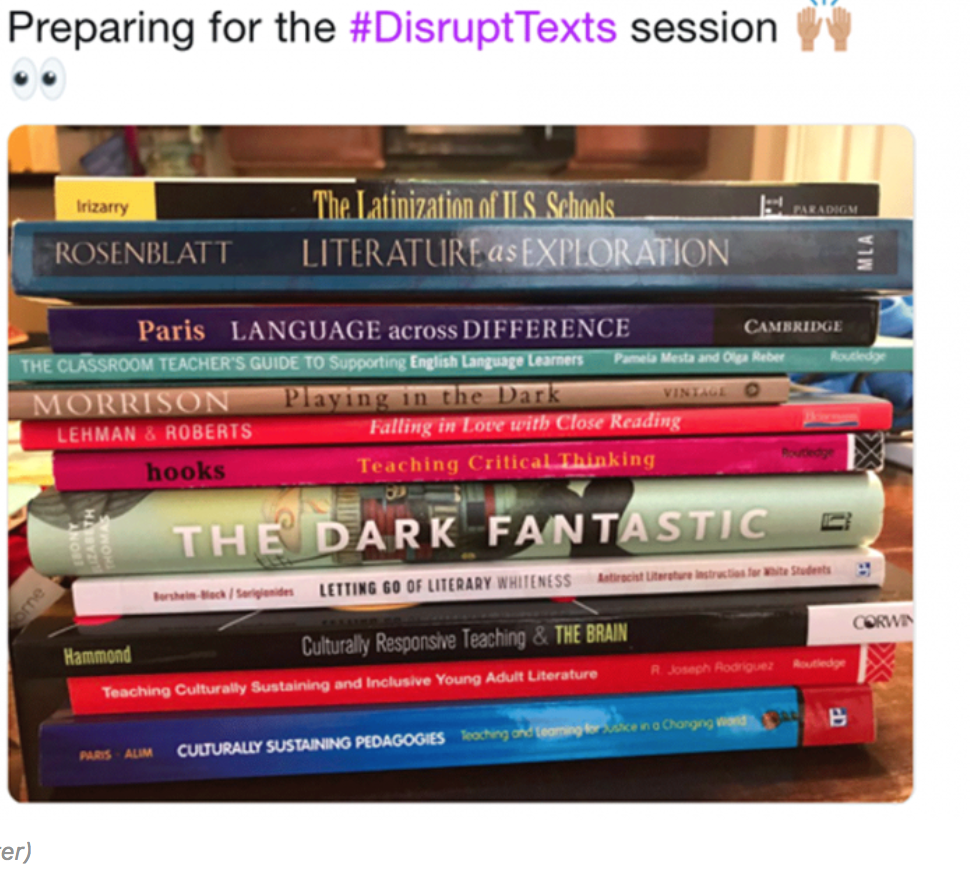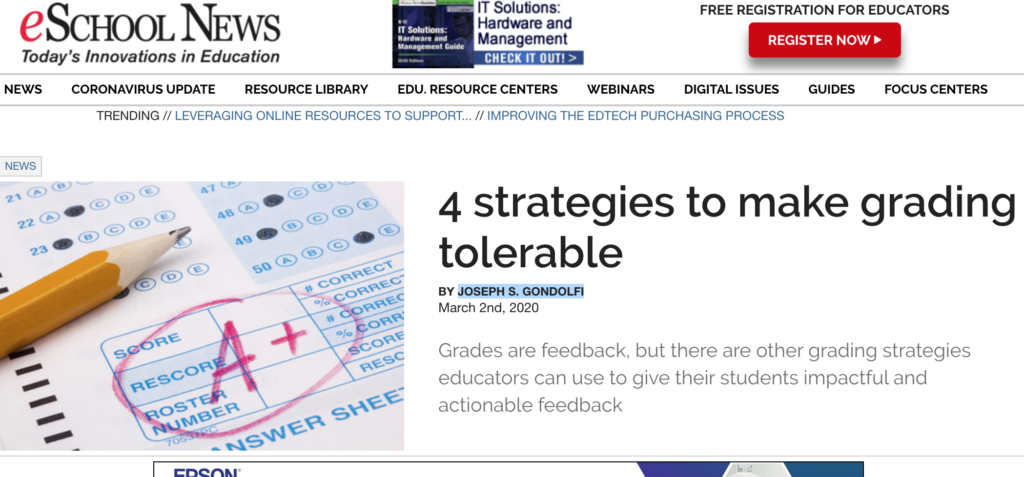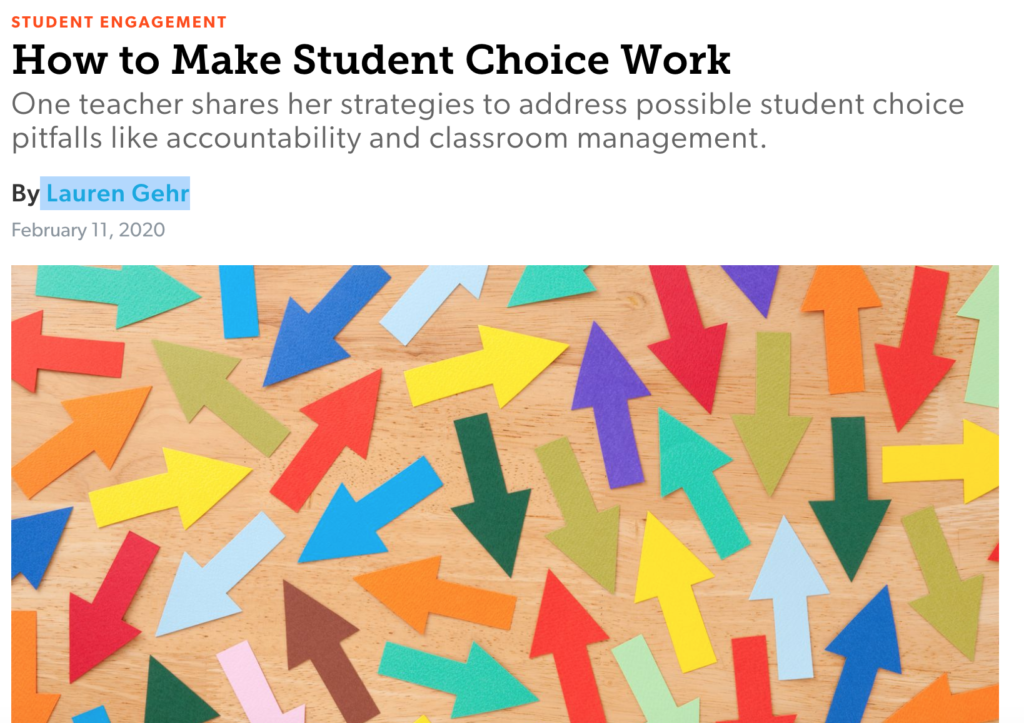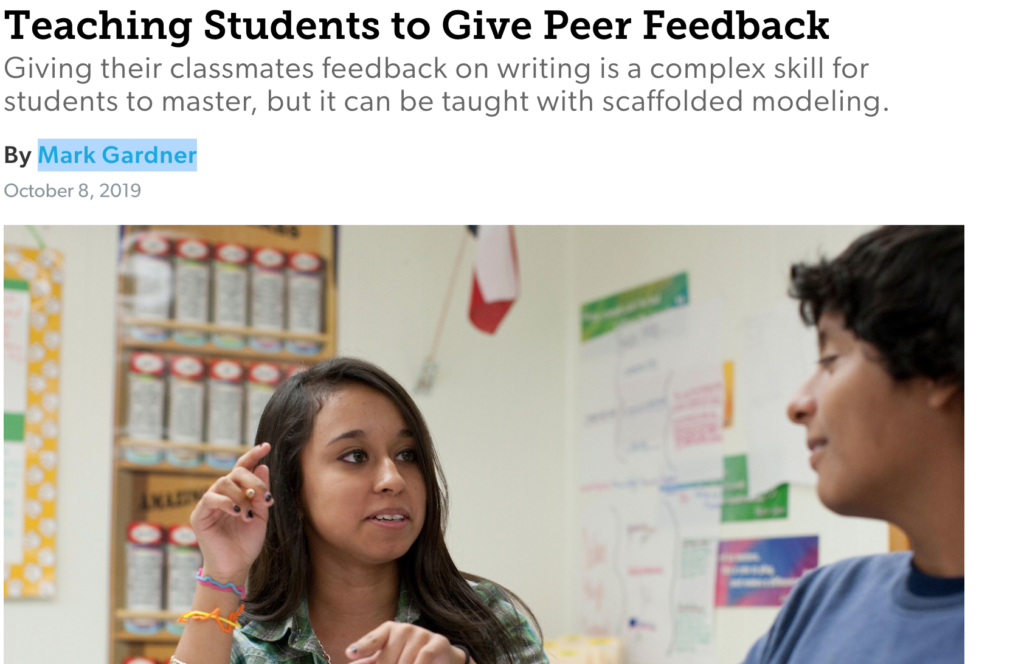3 Big Ideas for Implementing Effective Social and Emotional Learning Strategies

Empowering teachers to design their own SEL instruction makes sense; they know their students best. However, many SEL programs adopted by schools consist of scripted and sequenced curricula designed to be used in a weekly 30-minute block often led by a school counselor or designated SEL facilitator. These programs tend to be expensive, require significant… Read More ›
Equity in Education: An Examination of Practices in the United States

All students have the potential to grow and develop academically. However, some practices in U.S. educational systems reflect inequitable approaches for educating students. Educational equity is impacted by many contributing factors such as race, gender, socio-economic status, language proficiency, learning disability status, and other social and cultural factors. In this edWebinar, the presenters will explore… Read More ›
Equitable Digital Teaching and Learning for College and Career Pathways Sheltering in Place

The school and business closures and shelter in place orders intended to slow the spread of Covid-19 have created an unprecedented new reality for education in our nation. Unfortunately and unsurprisingly, what this new reality looks like on the ground – in the homes of teachers, students and their families – varies widely but predictably,… Read More ›
Virtual Work Based Learning

Providing students a work-based learning experience in industry can be very difficult, if not impossible, due to factors such as health and safety, age, security, proximity, time, and transportation cost. In this webinar, ConnectED and a few of its partners will discuss how schools can provide students with an experience where they can interact with… Read More ›
How the #DisruptTexts Movement Can Help English Teachers Be More Inclusive

This article features advice from the founders of the #DisruptTexts Twitter chats and website who are working to help other English Language Arts teachers create equitable and inclusive curriculum. Through weekly twitter posts and a moderated online discussion, they encourage teachers to reflect and consider the message their choice of texts sends to students about whose voices and… Read More ›
4 Strategies to Make Grading Tolerable

In this article, a teacher offers advice on how to share responsibility for providing feedback with students. He shares his journey of moving away from providing grades to focusing on formative feedback. The section that discusses how he teaches students to assess their own writing is particularly useful for writing teachers. Source Organization: Eschoolnews Visit… Read More ›
How to Make Student Choice Work

In this article a teacher discusses how she gives her students the power to choose what they learn and how they demonstrate their learning. She shares advice and strategies to address possible student choice pitfalls like accountability. This is a great read for teachers of any subject. The suggestions on how to use technology to… Read More ›
Teacher Resources While Social Distancing

Empowering student-centered learning in new ways Never have my two worlds collided in such a big way. I have worked in education research for the last 20 years and spent the last several curating the Students at the Center resource database part-time. The rest of my hours are spent raising two delightful AND infuriating elementary-age… Read More ›
School Closure Toolkit for Teachers

Teachers and parents across the country are taking on new and intimidating things this week. While exhausted from taking care of families, we are trying to provide some stability for the kids’ no longer in the classroom. Many of us feel unclear about our role in the delivery of online learning, and expectations seem to change by the minute. Uncertainty is what we all have in common right… Read More ›
PeerGrade

This tool lets students conduct peer review online. It allows teachers to set an assignment and select a review rubric from an existing database or create their own. Students can upload their work and review each others. The teacher can view all comments. The tool was designed for college courses, so may be most useful… Read More ›
Teaching Students to Give Peer Feedback

A high school English teacher shares how he teaches peer feedback skills in this article. To help teach students this important skill, he defines quality feedback, provides structured routines and models how to provide feedback. This scaffolded approach could be used by teachers of any subject who want to bring peer feedback to their classroom.… Read More ›
My Greatest Teaching Problem Was Feedback. Here’s How Research Helped Me Solve It

In this article, a high school English teacher shares how her approach to student feedback has changed through her teaching career. She describes how she turned formative assessment into a shared responsibility by using self and peer feedback in her classroom. She outlines the work she did to better understand feedback literacy and the metacognitive… Read More ›